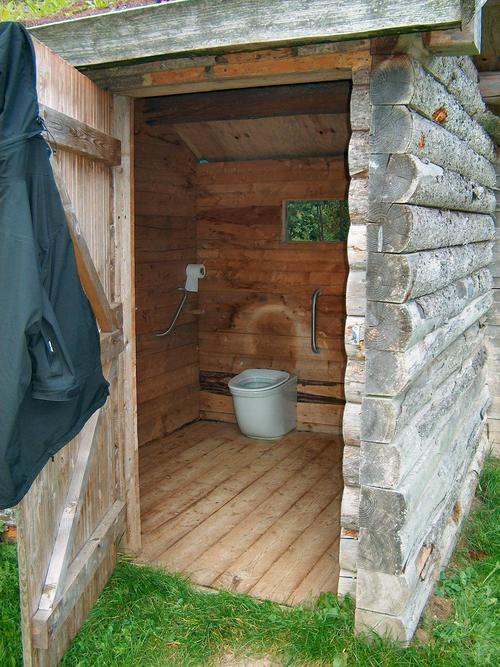On-site treatment relies on decomposition of the organic wastes in human excreta by bacteria. This can take place in a simple pit in the ground or in specially designed tanks to promote the bacterial decomposition of the wastes. These systems treat and disperse relatively small volumes of wastewater, and are generally found in rural and suburban areas. While septic tanks and soil absorption systems have significant limitations, decentralized systems can effectively protect water quality and public health from groundwater and surface water contamination if managed properly. Unless re-use of the wastewater is specifically intended, the overflow from the pit or tank is allowed to soak into the ground. Further bacteriological decomposition and soil filtration, absorption and purification processes take place in the soil. The potential for groundwater pollution, however, exists with on-site treatment and disposal systems, because these processes do not remove all pollutants (e.g. nitrate). The major types of conventional and improved on-site treatment systems are listed below. (UNEP 2000 & EPA 2004)
Conventional on-site treatment
Improved on-site treatment
A detailed compilation on more on-site and semi-centralised treatment varieties and technologies can be found in the publication of Tilley et al. (2014).
